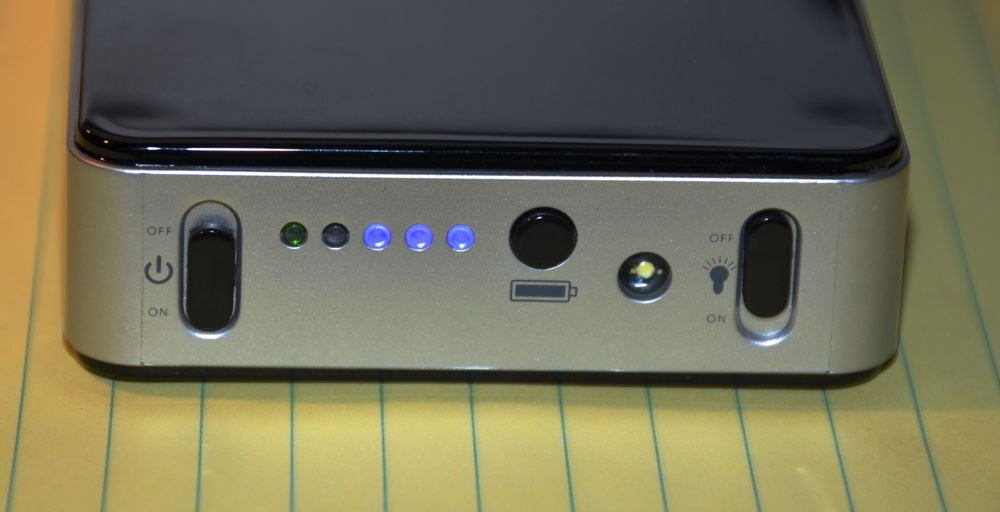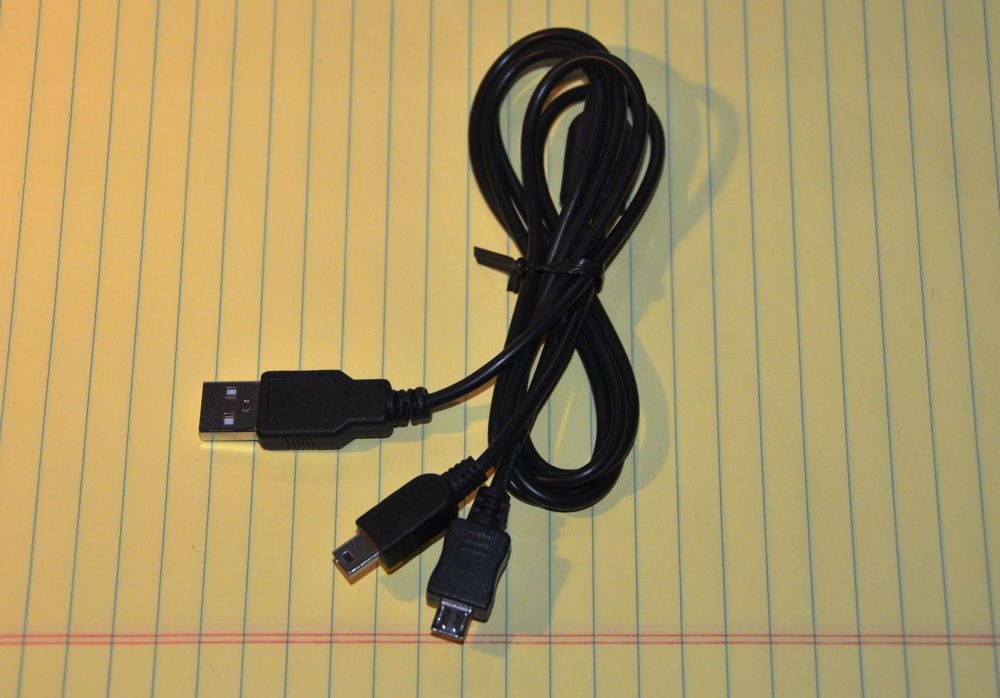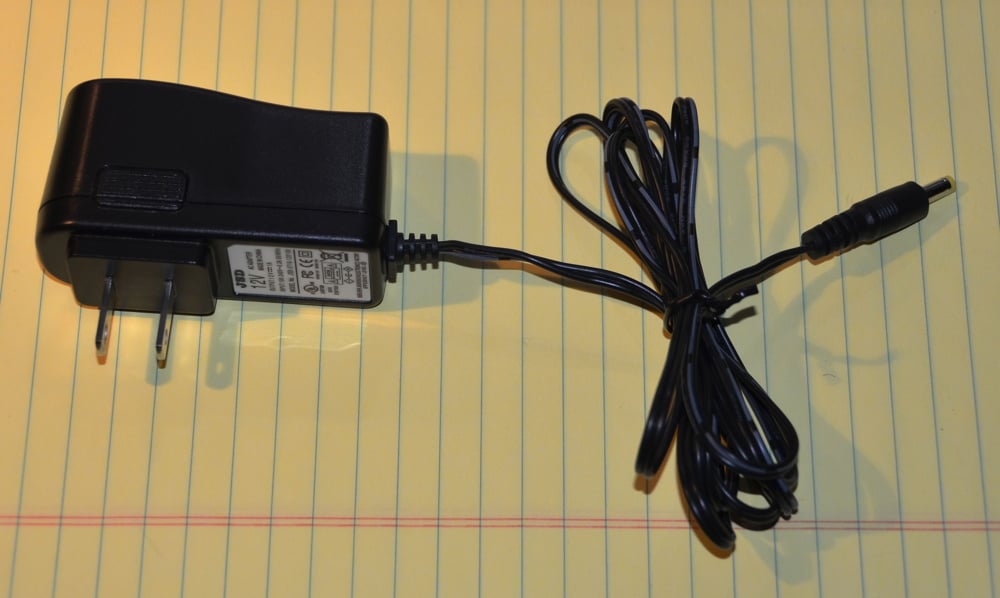Yesterday, Apple unveiled a bunch of new products: new iMac, new Mac mini, new MacBook Pro, new iBooks app, new Final Cut Pro, new Lightning connectors, and more — and all of this comes on the heels of the new iPhone 5 announced last month. Whew. But today I want to focus on just two of yesterday’s announcements, the two new iPads: the fourth generation iPad and the iPad mini.
Fourth generation iPad
Although I had heard rumors that it might be announced, I was surprised to see Apple announce a new iPad yesterday. The third generation iPad was just announced on March 7, 2012, and I have gotten used to one new iPad and one new iPhone a year. But here we are only 7 months, 2 weeks and 2 days later, and now the device that Apple had been calling the “new” iPad becomes the “old” iPad. Let’s take a look at what is new in the fourth generation iPad. (And although Apple doesn’t use these names, just to save space I’m calling the new one the iPad 4 and the previous model the iPad 3.)
Faster processor. I’ve definitely noticed that my iPhone 5 is faster than my iPad 3. The iPhone 5 contains what Apple calls the A6 chip, and lab tests show it twice as fast as the A5X chip that is in the iPad 3. Apple now has a version of the A6 chip for the iPad 4 called the A6X so that we will see iPhone 5-like speeds on the iPad. That means that apps open in an instant and the entire device seems much more responsive.
Lightning connector. Also like the iPhone 5, the iPad 4 uses the new Lightning connector instead of the old 30-pin connector. I really like this connector on my iPhone 5 because it is so small and easy to use, especially since you can plug in the connector either way. With the 30-pin connector, it seems like I am always trying to plug it in one way, realizing that is wrong, then turning it over. Ugh. Of course, in the short term, the new Lightning connector isn’t going to work with many accessories unless you use an adapter. But over time we’ll see all accessories using the new Lightning connector.
Better 4G LTE and WiFi. I use the WiFi-only version of the iPad 3, but if you like to have connectivity on your iPad even when there is no WiFi, you can pay $130 extra to get an iPad 4 model that supports 4G LTE. The iPad 3 also supported 4G LTE, but the iPad 4 uses the same improved LTE contained in the iPhone 5. That should mean better connections, plus the option to use Sprint as a carrier. Even if you are just using WiFi, all of the iPad 4 models use the improved WiFi found in the iPhone 5.
Better front-facing camera. When you use FaceTime to videochat on an iPad 3, the front-facing camera which is only VGA quality. On the iPad 4, just like the iPhone 5, the front-facing camera is FaceTime HD camera which takes 1.2MP photos and HD video at 720p up to 30 frames per second.
Faster charging. The iPad 3 came with a 10W charger. The iPad 4 comes with a 12W charger, which should speed up charging times although I haven’t seen confirmation of this yet. You can also purchase the new 12W charger for $19 and it works with the iPad 2, 3 and 4 and the iPhone 4, 4S and 5, although I don’t yet know if it speeds up charging on any of those other devices. [UPDATE 10/25/12: According to 9to5Mac, Apple has confirmed that the new charger will speed up charging. The article suggests it will speed up charging for the iPad 3 as well. I’m sure it won’t be long before someone runs a test to show how much of a difference it makes.]
What does it all mean? The iPad 4 gives you everything that lawyers would love about the iPad 3 — the 9.7-inch Retina display, the 10 hours of battery life, the same prices starting at $499 for the 16 GB model — and adds most of the great new features that we saw in the iPhone 5 last month. About the only thing missing is the iPhone 5’s amazing new design (taller, thinner, lighter); the iPad 4 is the same size and weight as the iPad 3.
If you already have an iPad 3, you are unlikely to have a reason to upgrade. But if you are still using an original iPad or an iPad 2, the upgrade to the iPad 4 is even more compelling than the upgrade to an iPad 3, which is really saying something because I love the iPad 3. And if you don’t yet own an iPad, boy are you in for a treat. A lot of good-little-litigators are going to be thanking Santa and others when an iPad 4 shows up under the Christmas tree, on a night of Hanukkah, or wherever fine presents appear in your household.
iPad mini
It is easy to describe the appeal of the iPad 4: take most of what you love about the iPhone 5 and combine it with everything you already loved about the iPad 3. But the iPad mini really is something altogether new, and I have only begun to understand all of the reasons that this will be a compelling products for lawyers. Let’s look at what makes this product different from a regular iPad.
Smaller. The most noticeable difference is, of course, the size. The display is 7.9 inches diagonal instead of 9.7 inches on the iPad. It is shorter (7.87 inches versus 9.5 inches) and not as wide (5.3 inches versus 7.31 inches). In fact, the iPad mini is even skinnier than you might think because in addition to shrinking down the overall size, the iPad mini has a much smaller bezel on two sides. Apple says this makes the screen even more prominent on the iPad mini and makes it easier to hold the iPad mini in one hand. Of course, with a reduced bezel, you are more likely to touch the screen while you are holding the iPad. To address this, Apple changed the iOS software for the iPad mini so that, according to Apple’s website, it “intelligently recognizes whether your thumb is simply resting on the display or whether you’re intentionally interacting with it.”
Lighter. The iPad is incredibly thin and light compared to a computer, which is why it is such a great travel companion. On the other hand, when you hold an iPad in your hand to read a long transcript or long brief, your hand gets tired. That’s one of the reasons that I often find myself reaching for a FreeOneHand to make it easier to hold. The iPad mini is as thin as a pencil. The WiFi version of the iPad mini weighs only 308 grams, compared to the iPad 3 and 4 which weigh more than twice as much at 662 grams. (At the risk of comparing Apples and oranges, the iPhone 4S weighs 140 grams and the iPhone 5 weighs 112 grams.) My guess is that you’ll be able to hold the iPad mini in your hand for a considerably longer time when reading before experiencing any discomfort in your hand and arm. Anand Lai Shimpi of AnandTech wrote after trying out the iPad mini: “[T]he easiest way to describe the device is that it’s lighter than you’d
expect. The build quality and finish both feel good as you’d expect, but
the device is just considerably lighter than the iPad which results in
superior in hand feel.”
Cheaper. Specifically, $170 cheaper. The iPad starts at $499 for the 16 GB model and goes up in $100 increments for more storage, plus you can add $130 for 4G LTE. The iPad mini starts at $329 for the 16 GB model, and then goes up in $100 increments for more storage, plus you can add $130 for 4G LTE.
Resolution. The display looks better than an original iPad or an iPad 2, but not as good as an iPad 3 or 4. Like the first two versions of the iPad, the iPad mini has a pixel resolution of 1024 x 768, but because the screen is smaller, more pixels are packed in per inch: 163 pixels per inch (ppi) on the iPad mini versus 132 ppi on the iPad 2. Thus, the screen is better than the first two versions of the iPad. On the other hand, the iPad mini screen is not as good as the Retina display on the iPad 3 and 4 (2048 x 1536 at 264 ppi). If you used (or still use) an original iPhone, an iPhone 3G or an iPhone 3GS, then you know what 163 ppi looks like. In fact, 163 ppi on the iPad mini looks better than 163 ppi on those older iPhones becasue of an improved display that puts the pixels closer to the glass. (The iPhone 4, 4S and 5 feature an amazing 326 ppi, but of course you hold those devices closer to your face than an iPad so pixel density is more important on an iPhone than on an iPad.) My guess is that whenever we see the second generation of the iPad mini, Apple will find a way to add the same Retina display used by the iPhone 5. For now, the resolution of the iPad mini appears to be very good, but (unlike the iPad 3 and 4) not amazing.
Design. The edge of the iPad mini looks more like an iPhone 5 than an iPad. As Joshua Topolsky of The Verge wrote after spending some time with the iPad mini: “The thinness and sleekness of the casing cannot be overstated. It feels
as high-end as the new iPhone, but even sharper in the hand — like a
slice of solid aluminum. The chamfered edges present on the iPhone 5
have been continued here, as well as the all-black treatment seen on the
latest phone.”
Camera. While the iPad mini is similar to an iPad 2 when it comes to the display, the cameras are the same improved cameras found in the new iPad 4.
Radios. Similarly, the 4G LTE cellular radio is the same as the iPad 4. Thus, for example, you can use the iPad mini with Sprint, something that you couldn’t do with the original iPad or the iPad 2. You also get the improved WiFi radio and Bluetooth 4.0.
Siri. Siri works on the iPad mini, unlike the original iPad and the iPad 2. Thus, you can just talk to the iPad mini to dictate emails, set reminders, get the latest sports scores, find out the weather, etc.
What does it all mean? If the iPad is too big, heavy or expensive for you, than the iPad mini is the answer. I expect that female attorneys will be pleased to discover that the iPad mini fits in smaller purses that could not hold an iPad, and if you have a large pocket in a jacket, the iPad mini just might fit. And as noted above, for extended reading — whether you are on a plane or just on your couch — I’m sure that the iPad mini will be much more pleasent to hold.
On the other hand, one of the main reasons that I love my iPad 3 is that it has a large Retina display. John Gruber of Daring Fireball got a few minutes with the iPad mini yesterday and stated: “It runs iPad apps, but feels like a a ‘big iPhone’ in use. It feels smaller than I expected it to.”
I have no doubt that the iPad mini will be perfect for many attorneys. I need to get my hands on one myself to understand the pluses and the minus for those of us who are long-time, happy users of the full-size iPad.













































